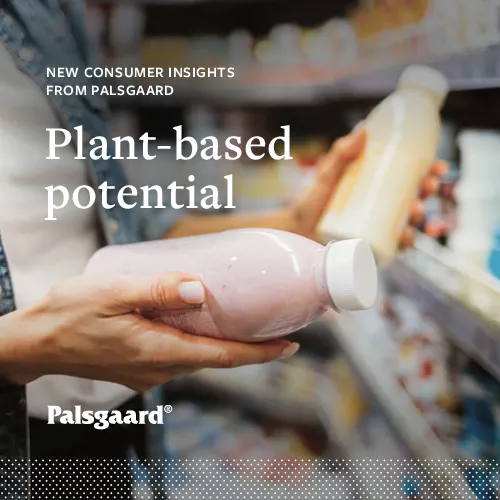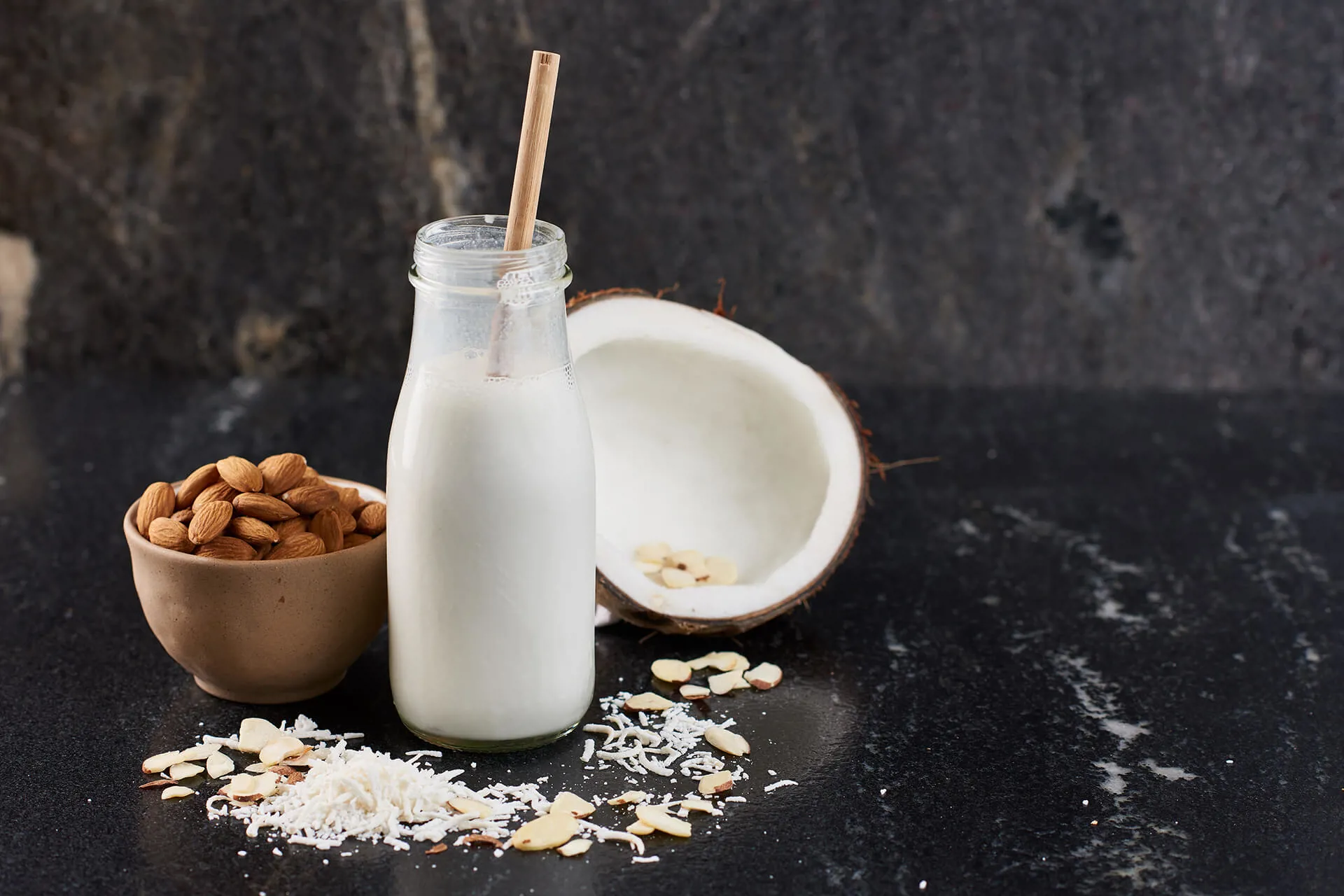Share our insights in these technical articles about plant-based products

CONSUMER SURVEY
Plant-based potential - New consumer insights from Palsgaard

TECHNICAL ARTICLE
How to control stability in plant-based drinks

TECHNICAL ARTICLE
How to make plant-based, dual-use Barista 'milks'

TECHNICAL ARTICLE
How to produce delicious, long shelf-life soy milk

TECHNICAL ARTICLE
How to make clean-label plant-based yoghurts

TECHNICAL ARTICLE
How to make the perfect plant-based frozen desserts






